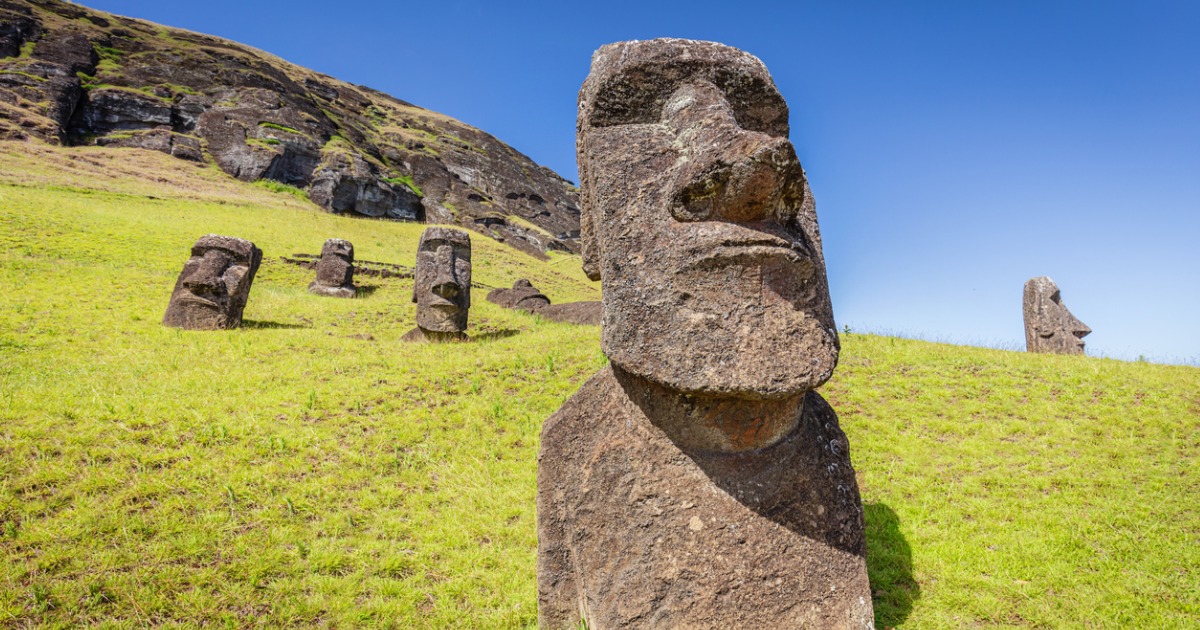Easter Island or Rapa Nui, as the natives call it, has always been known for the gigantic carved monolithic statues, moai, but not much is known as to why they were built. It is believed that they were built from about 1250 to well into the 1700s made from stone in the Rano Raraku quarry and were transported around the island to be erected.
There were also several hundred statues still in the quarry which scientists always assumed were simply left behind and not yet erected even though some had been embedded in the dirt. It’s been theorized that the islanders simply depleted the land of nutrients, and, with the quarry and erection of the statues, the island fell into ruin and the population almost died off.
Recent soil samples taken in the quarry, however, have revealed a new story. According to ScienceAlert, Sarah Sherwood, a geoarchaeologist from the University of the South in Sewanee, Tennessee, analyzed the samples and discovered the soil of the quarry was the richest and most plant beneficial on the island with high levels of calcium and phosphorous and other soil nutrients.
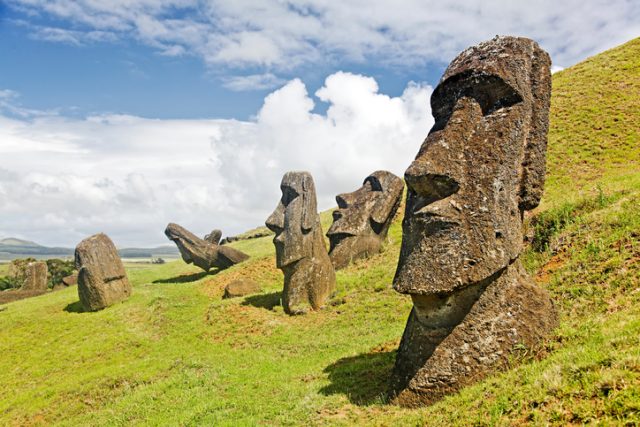
The rest of the soil on the island had too few minerals to grow food. In the quarry, however, dirt was always being moved around with pieces of the bedrock mixed in with the soil, perhaps actually improving it. Other tests found remnants of ancient crops which leads researchers to believe that not only were the statues mined here, but most of the crops were grown here as well.
It is now believed the moai left in the quarry were intentionally placed there to watch over the sacred area. This also debunks the theory that the early inhabitants overworked a once rich and fertile island and that the people stopped building moai in the 15th century.
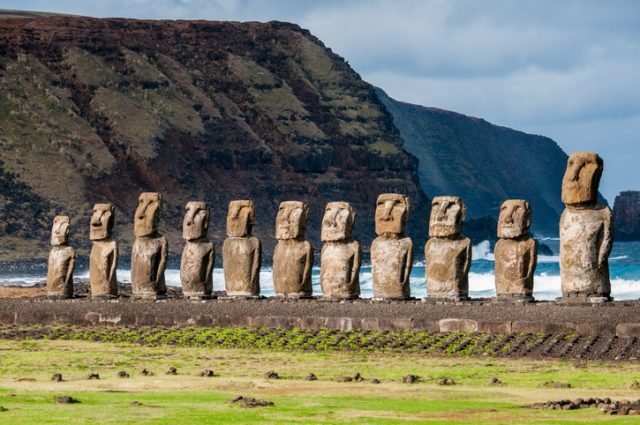
The moai were erected by the Polynesian inhabitants of the island which sits about two thousand and two hundred miles west of Chile in the eastern Pacific Ocean and has an area of about sixty three square miles, according to Encyclopaedia Britannica. It is an extinct volcanic island and much of the land is eroded lava formations and caves. There are few birds except for those capable of long distance flight, and most other wildlife has been brought from other counties.
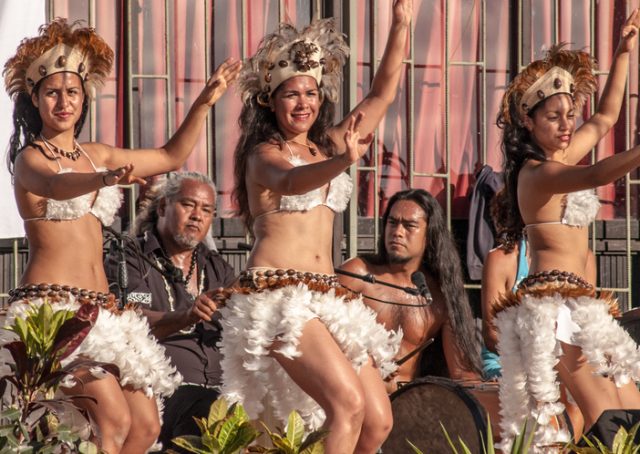
The first Europeans to land on the island were the Dutch, specifically Admiral Jacob Roggeveen who renamed it Easter Island because they landed on Easter Sunday. Admiral Roggeveen landed in 1722 and stayed only one day. In 1770, Manuel de Amat y Junyent, the Viceroy of Peru, sent an expedition to the island. Reports back stated that the inhabitants had their own form of writing, worshipped tall statues, and they estimated there were about three thousand people living on the island at that time.
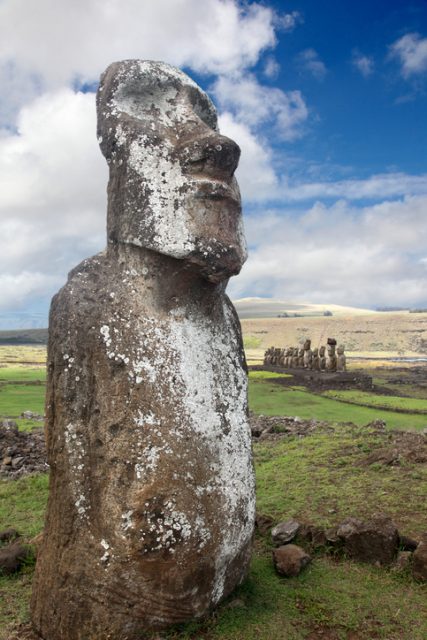
In 1774, British Captain James Cook arrived to find six to seven hundred poverty stricken men and only thirty women and found that most of the moai had been toppled, possibly due to a civil war. By 1786, the population had increased to about two thousand as noted by French navigator Jean-François de Galaup, comte de La Pérouse. From the 1790s onward, European visitors to the island became more commonplace.
Archeologists have said for some time that the Polynesian natives who originally immigrated to the island overworked the land and, with the construction of the moai and their placement all over the land, they caused deterioration of the soil leading to their severe population decline well before Europeans began to visit the island. This new research, reported in Science Direct, theorizes that, in fact, the Rapa Nui were quite adept at soil preservation and were skilled sustainable farmers with a thriving population until sometime after European visitors arrived.
Smithsonian Magazine reports that the research study’s author, Carl Lipo, notes significant evidence, both archeological and from visitor accounts, indicating that the Rapa Nui population and culture thrived in the face of explorers bringing disease, slavery, and destruction. Eventually, but much later than previously believed, the society declined, and the population was nearly decimated by the late 1800s.
The factors that led to this, however, may have been a more complicated combination of factors both natural and caused by European exploration. The study also notes the resilience of a people who carried on culture and tradition in spite of catastrophic population collapse, and eventually they recovered. The population is still thriving today.
Related Article: The Hidden Underground Bodies of the Easter Island Head Statues
The purpose of the moai statues is still being debated. The director of the Easter Island Statue Project, archaeologist Jo Anne Van Tilburg, believes they are representative of Polynesian chiefs or they are mediators between the leaders and their gods. Others believe they were built to honor their ancestors and still another theory claims they represented fertility which could explain their place in the quarry.
